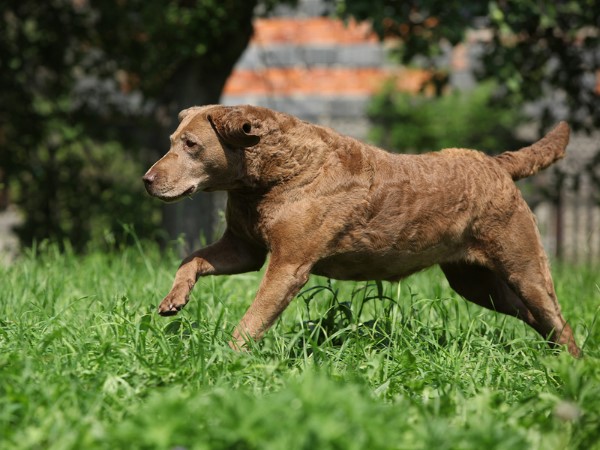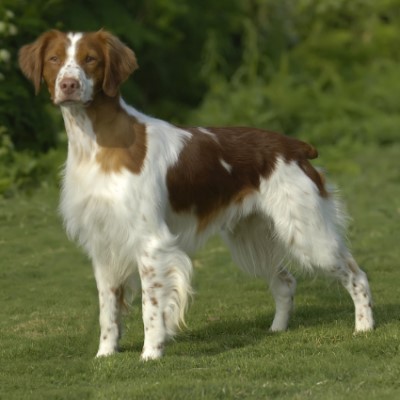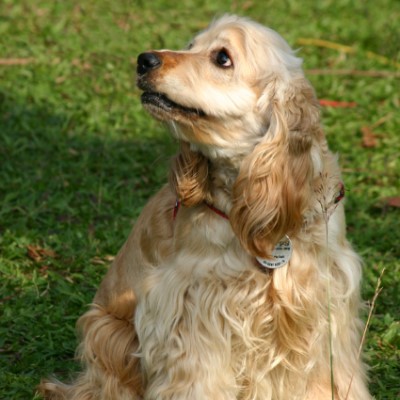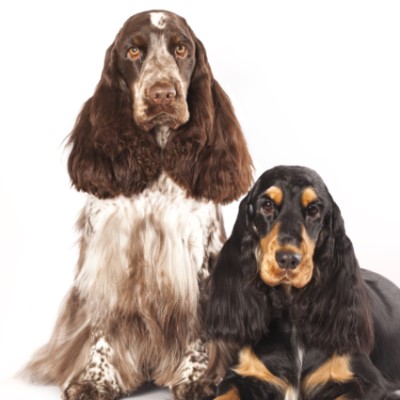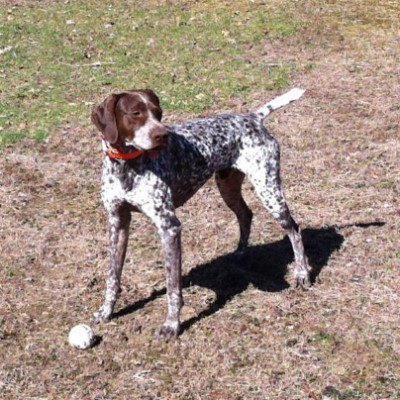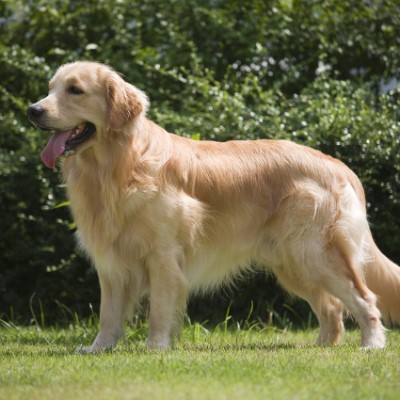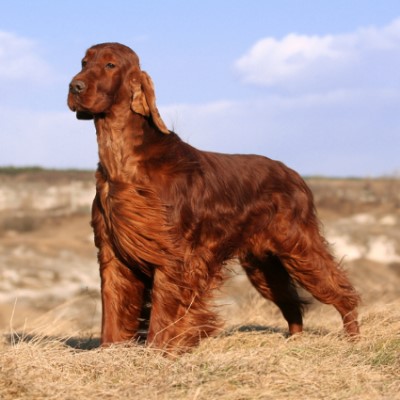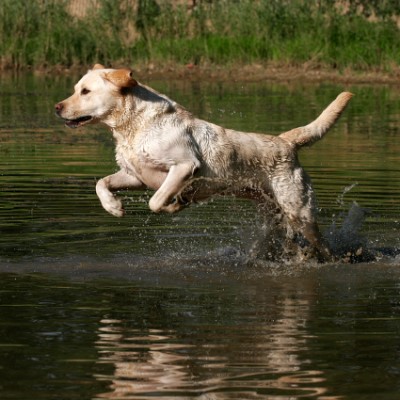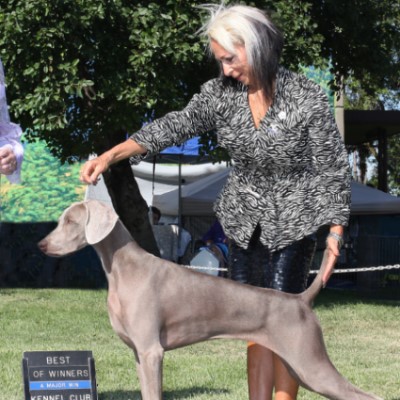Common Reasons for Surrender
Chesapeake Bay Retrievers are seldom lost or abandoned. Most are brought to rescues and surrendered by their owners. The most common reason for surrender is the owners have a new baby on the way and do not feel they can handle the new baby and a large dog. Other times a new spouse comes into the picture and that spouse does not want to deal with a large dog in the house.
Pros
The Chesapeake Bay Retriever is an active dog that is extremely loyal and devoted to her family. She will not want to be your couch potato friend, but will love to play hard outside, especially in the water.
Cons
Sometimes described as too protective and single-minded for most people, the Chessie requires a lot of time and commitment and that can demand more of an owner than he is willing to give.
Diet
The Chessie does well on a good quality dry dog food with a low protein of no more than 24/25 percent and a fat content of 15/20 percent. It is not recommended that you use large dog breed food that is made for giant breeds such as the Saint Bernard or Great Dane. As with most breeds, a grain-free dog food is best.
Exercise
Controlled walks are good for training and keeping structure for the dog. Be sure to let your Chessie swim a few times a week or even on a daily basis.
Possible Health Issues
Chesapeake Bay Retrievers suffer from problems with their hips, Degenerative Myelopathy, Progressive Retinal Atrophy (PRA), and thyroid problems. Ethical breeders test for these health issues and do not breed dogs that carry those genes.
Housing
Chessies need space and a water hole, so country or suburban homes are often the best. However, if an owner is committed to exercising his dog and finding a place for her to swim, a condo home can work.
Grooming
Chessies shed lightly throughout the year and shed fully once a year. The Chessie’s coat will become dry and patchy if you use a brush or comb more than once a year when the dog is shedding. The best way to remove hair on a daily basis is to run your hands through your dog’s coat.
All droopy or drop-eared dogs need to have their ears checked at least weekly, more often if they’re spending their days in the water, as ear infections are common when the dog’s ears are continually moist. Chessies love to swim, so if your Chessie spends time in a pond, river, creek, or salt water, be sure to hose her down (without soap) to rinse out all bacteria from where she swam.
Training
A Chessie is a highly intelligent dog with a one-track mind that can and does think for himself, which can make training a challenge. Chessies become bored easily and will not appreciate or respond to repetitive training.
Entertainment
Chesapeake Bay Retrievers love to swim, walk, and stay active physically and mentally.
ADDITIONAL RESOURCES
Mother Knows Best by Carol Lea Benjamin
10 Minute Retriever by John and Amy Dahl
We want to thank New York Chesapeake Bay Retriever Rescue for help with this profile.
